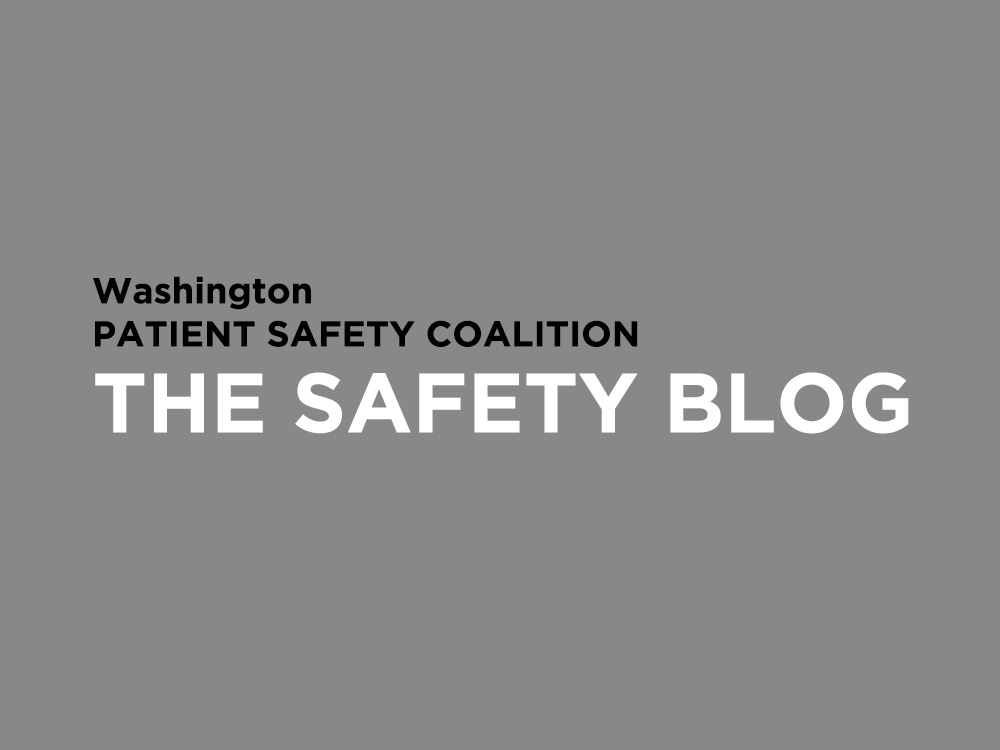- FHCQ Foundation for Health Care Quality
- COAP Care Outcomes Assessment Program
- Spine COAP Care Outcomes Assessment Program
- SCOAP Care Outcomes Assessment Program
- OBCOAP Care Outcomes Assessment Program
- CBDR
- Smooth Transitions
- WPSC Patient Safety Coalition
- Bree Collaborative Bree Collaborative
- Health Equity Health Equity
- Admin Simp
- Contact Us
How can we make health information understandable?

How can we make health information understandable?

We endure a daily barrage of confusing and contradictory medical information: emails, banner ads, news articles, TV shows. It can be overwhelming. How can we make health information understandable? That’s what Health Literacy Month (October) is about. Founded by Helen Osborne in 1999, this is a “time for organizations and individuals worldwide to promote the importance of understandable health information (www.healthliteracymonth.org).”
What can you do to help your loved ones understand their treatment programs, insurance documents, educational pamphlets, bills and prescription information? I often am asked by my family members for assistance and I am more than happy to do my best to help them. It often feels like it takes a small village to decipher the coded documents. Over the years I’ve learned a few things that may help your loved ones too.
First, I tell them not to be afraid to ask their doctors questions. Doctors want you to ask so they can help you understand. If your doctor tells you something that you don’t understand, don’t be afraid to speak up. Ask Me 3 materials from the National Patient Safety Foundation are particularly useful for the octogenarians in my family. Many hospitals and clinics now have posters and buttons urging patients to ask about their care. Our providers want us to be involved in our health care decisions.
Second, I ask my family members to write down what they are told. This includes information they hear in a visit to the doctor, at the pharmacy, on the telephone with customer service, health advice from an advocacy group, etc. I try to follow this advice myself. This way, when the shock of the visit has worn off and as my memory of a conversation begins to fade I can go back and remember the important parts of the conversation. A few of my family members are not comfortable writing in front of their doctor. I remind these family members to ask their doctor for written instructions and a visit summary. The doctor is often more than happy to provide detailed notes, diagrams, and pamphlets on any subject. These notes are helpful not only as a memory tool, but are also useful to family members who need to know the information and for providers that are providing complementary services.
Third, I urge everyone to be proactive about their own care. We are all a part of the health care continuum and play a part in receiving safe care. The My Medicine List campaign, sponsored by the Washington Patient Safety Coalition, has great resources available to help you maintain an up-to-date list of your medicines. According to the Institute of Medicine Report in 2001, 7,000 people die each year in the U.S. from preventable errors having to do with medicines while under hospital care. We all need to do our part to create a medicine list, and share it with our providers, pharmacists and loved ones. If you have loved ones that would benefit best from pictorial medicine lists you may enjoy “How to make a pill card” step-by-step directions; they can be found in the My Medicine List Provider Tool Kit. Clip art and images help all of us, not just those with low health literacy, to easily remember what schedule we should follow.
I hope that these tips will help you to help your loved ones to understand their health care interactions. We should all work to “promote the importance of understandable health information” not just during October, but every day of our lives.
Chelsea McCall Coblentz, Quality Program Manager, Community Health Plan of Washington Thoughts to share with Chelsea? We will forward them to her.
Recent Posts
- TakeCharge This Patient Safety Awareness Week: 5 Steps to Safer Healthcare
- Stigma & Bias in Healthcare: The Obstacles, Consequences and Changes Needed
- Agility in Crisis: How The Everett Clinic responded to COVID-19
- Collaboration over Competition: How Pediatric Hospitals Can Thrive When They Work Together
- Reducing Stress for Health Professionals During the COVID-19 Pandemic

